
What Is Rainwater Harvesting?
Rainwater harvesting is a type of harvest in which the rain drops are collected and stored for the future use, rather than allowing it to run off. Rainwater can be collected from rivers or roofs and redirected to a deep pit, aquifer, a reservoir with percolation, or collected from dew or fog with nets or other tools. Its uses include water for gardens, livestock, irrigation, domestic use with proper treatment, indoor heating for houses, etc. The harvested water can also be used as drinking water, longer-term storage, and for other purposes such as groundwater recharge.
New carrier opportunity
Harvesting rainwater is a climate adaptation strategy that has been used in many ancient and modern societies. The antiquated rainwater harvesting techniques of the past were attempts to cope with severe climate conditions by storing the water as it fell, allowing populations to drink the water or prevent oversaturation of the land during extreme precipitation. Modern rainwater harvesting is fundamentally the same in theory, but advancements in science and engineering have introduced sophisticated filtration and rain-capturing technologies that boost the efficiency of the process.
Dutch engineers and researchers have observed that effective large-scale implementation of rainwater harvesting infrastructure can reduce stormwater runoff by 20 to 50 percent, mitigating the strain that excess storm precipitation usually places on sewers and drainage systems. This is made possible by mounting rainwater catchment devices on the roofs of buildings, then routing the rainwater that is collected by the catchment through a treatment system and into a storage tank. To ensure the effectiveness of these rainwater-harvesting systems, the contents of each storage tank must be depleted before significant rainfall events occur. Therefore, civil engineers must obtain the knowledge and experience necessary to analyze the precipitation patterns and water usage rates of a region before installing any rainwater harvesting systems. With cost-effective approaches to the catchment, storage, and filtration technology used in rainwater harvesting currently being implemented and improved, large-scale rainwater collection is poised to become a widely used, economically viable solution to urban potable water shortages and stormwater management.
Large cities often come with many social benefits, but there will always be disadvantages to having large populations that are constricted to a finite amount of space. Ensuring that humans can live sustainably in highly populated urban environments requires creative solutions to infrastructural issues like road safety, housing crises, and food and water shortages. An advanced degree in civil engineering will provide an individual with an in-depth understanding of the environmental, structural, and infrastructural engineering knowledge required to work with the civil engineering innovations listed above.
Why Is Rainwater Harvesting Important?
Rainwater harvesting is important for several reasons but one of the biggest is the fact that we are tapping out water conservation gains inside our homes so we need to start looking outdoors for more opportunities.
The following graph shows the gains that have been achieved with our indoor water fixtures through the combination of governmental standards and innovation by fixture companies. As you can see, we don’t have much more room to go in terms of achieving more efficiency gains with our indoor fixtures. What’s next… the 0.2 gallon per flush toilet? Probably not!
This phenomenon is known as the law of diminishing returns. So where will the next revolution in water conservation take place? We believe we offer services in the areas where this revolution will take place.
What Are The Uses Of Collected Rainwater?
You can essentially use rainwater anywhere you use tap water. The idea of using drinking water to flush our toilets and water our lawns is wasteful and irresponsible, especially in light of population growth and water shortages across the country. Rainwater collection is a technique to green your home and to lessen your environmental footprint.
There are basically three areas where rainwater can be used:
- Irrigation use Indoor,
- non-potable use
- Whole house, potable use
Here are some ideas for specific uses of rainwater:
- Hand water your lawn and garden
- Connect rainwater collection system to irrigation/sprinkler system
- Wash your vehicles
- Wash your pets
- Refill your fountains and fish ponds
- Refill your swimming pool
- Replace the use of tap water with rainwater to wash your driveways and sidewalks (if you don’t use a broom)
- Use it for all indoor non-potable fixtures (toilets and clothes washer)
- Use it for all potable needs when properly filtered and disinfected
- Use it for industrial processes instead of municipally treated water
Conclusions
Rainwater Harvesting system incorporation at the household level is the need of the hour to meet water demand for sustainable development even in the capital city of Islamabad. The same concept should be studies in different cities and necessary amendments in building bye-laws be made to make it compulsory to construct a RWH system.

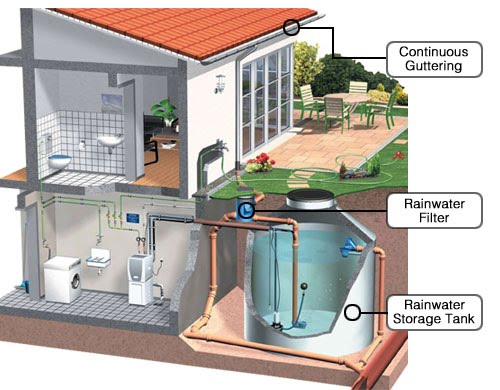
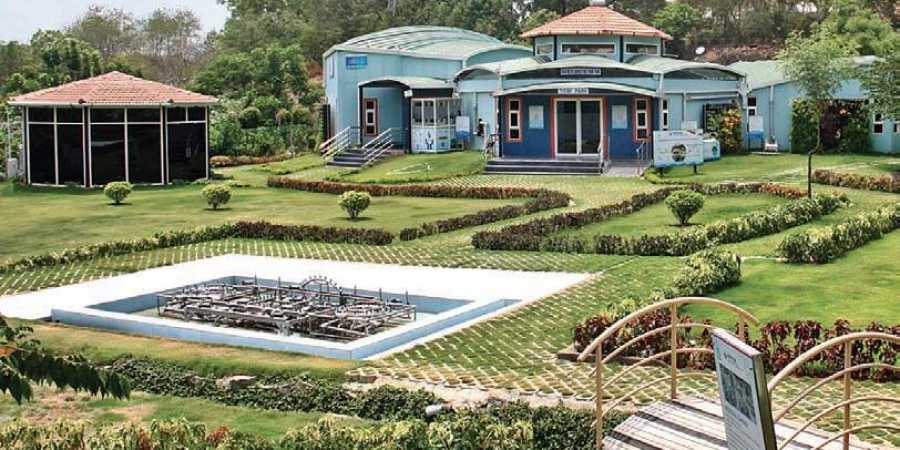



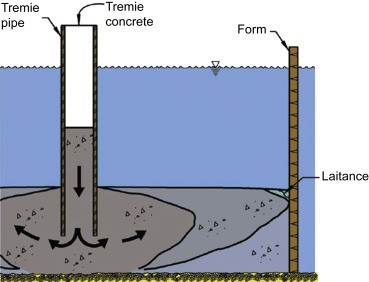
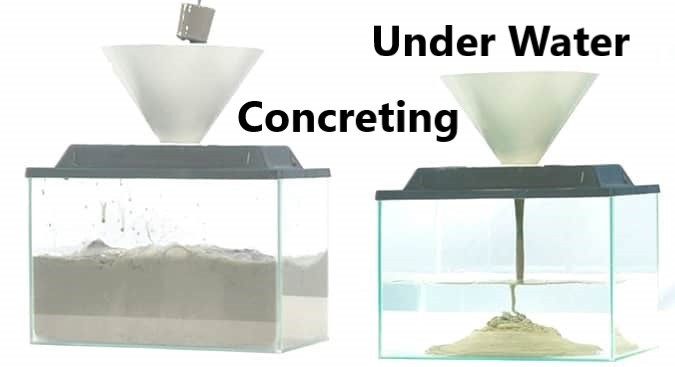
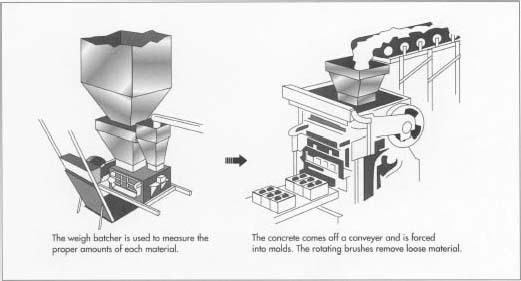

It composed his thoughts while reading the article amazingly 🙂
King regards,
Thompson Dencker